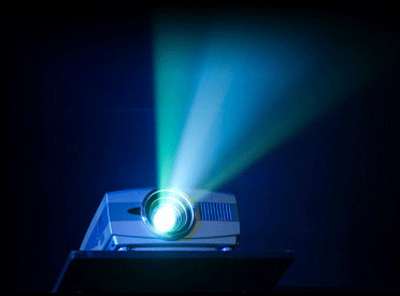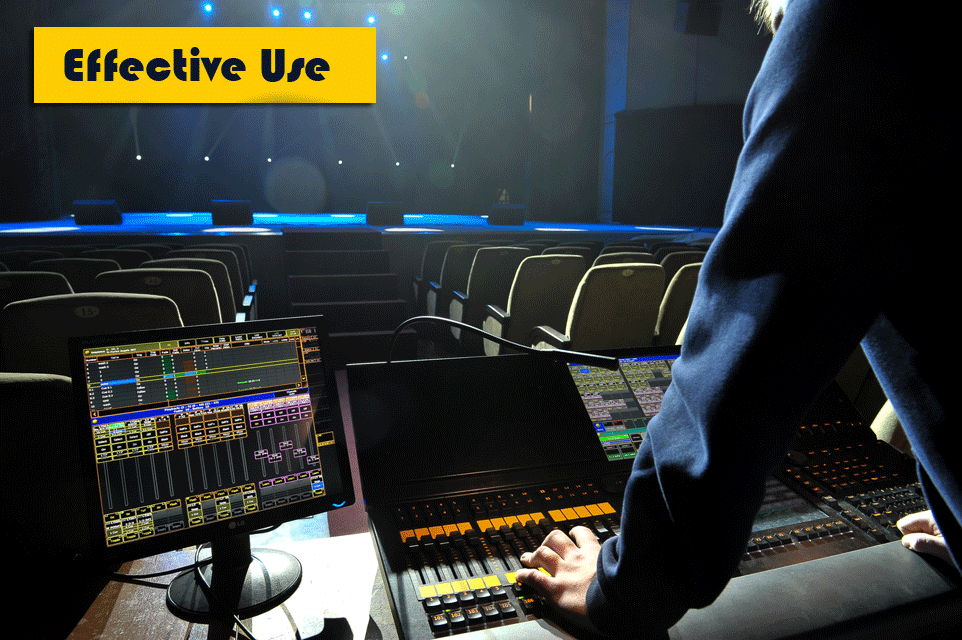What are Audio-Visual Materials?
Audio-visuals are a kind of media which helps in transmission of understanding and knowledge. This type of media can also be referred to as sensory materials since they do dictates to the ears, eyes, nose, muscles and more. This tools offer rich experiences and are often used in increasing the effectiveness of learning. Some of the most utilized media include bulletin boards, still pictures, models, tape recording, films, and filmstrips.
 By simply listening to someone speak is not quite an effective way of learning. We probably remember only about 20 % of what we listen to. But it is very possible to remember 30 % of what we can see and 50% of what we hear and see. Hence, there is great value in using visual aids in order to enhance our presentations and lectures. ‘Audio-visual aids’ is a generic term for the various equipment, starting from the simplest blackboard sketch to the very much sophisticated video equipment, which is used to help us in communicating more effectively.
By simply listening to someone speak is not quite an effective way of learning. We probably remember only about 20 % of what we listen to. But it is very possible to remember 30 % of what we can see and 50% of what we hear and see. Hence, there is great value in using visual aids in order to enhance our presentations and lectures. ‘Audio-visual aids’ is a generic term for the various equipment, starting from the simplest blackboard sketch to the very much sophisticated video equipment, which is used to help us in communicating more effectively.
The “audio-visual equipment” the hardware can be used together with ‘audio-visual learning packages’ software in providing self-instructional materials. Such kind packages have particular values when people need to train or learn as individuals, rather than as part of any group. Thus a business recruiting a very small number of people at any given time may probably find it valuable to put their training induction, or parts of it, onto a tape/slide package, from which individuals can learn on by themselves. In such a package, when produced, can be used very many times over and can save the valuable time of a trainer.
 When speaking to an audience, the keyword to always remember is ‘aid’. Most speakers either get intoxicated by technological possibilities of the audio-visual equipment and they allow it in taking over, or they are maybe nervous speakers that they get relieved to hide behind it. None of these approaches promotes an effective oral presentation. Having an ‘aid’ should not dominate but just complement, reinforce, and illustrate what we are saying. Any tool could be dangerous when in the hands of an unskilled individual. The most elaborate equipment cannot help communication and could even distract the attention of the audience, and may instead be counter-productive unless it is well used.
When speaking to an audience, the keyword to always remember is ‘aid’. Most speakers either get intoxicated by technological possibilities of the audio-visual equipment and they allow it in taking over, or they are maybe nervous speakers that they get relieved to hide behind it. None of these approaches promotes an effective oral presentation. Having an ‘aid’ should not dominate but just complement, reinforce, and illustrate what we are saying. Any tool could be dangerous when in the hands of an unskilled individual. The most elaborate equipment cannot help communication and could even distract the attention of the audience, and may instead be counter-productive unless it is well used.
The ‘aid’ is not merely given to the audience, but also to the lecturer as well. It is difficult to make use of notes unobtrusively when one is speaking; it is even more difficult to speak at length without any kind of prompt. Visual aids which are pre-prepared, such as the overhead transparencies, can give a guide to the speaker most discreetly and effectively while helping listeners to memorize and understand. The main guidelines for the effective use of audio-visual aids are simple; you just need the following:
• A non-technical basic knowledge of how the equipment is operated and what it can and cannot do.
• A little forethought and planning.
